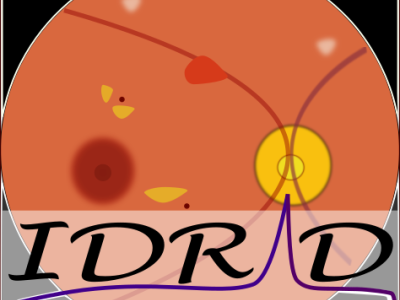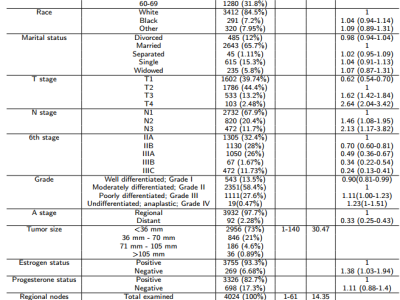Experimental results to compare the effects of presence and challenge modulation on immersive virtual environments
- Citation Author(s):
- Submitted by:
- Oscar I. Caldas
- Last updated:
- DOI:
- 10.21227/vj8w-v224
- Data Format:
- Research Article Link:
 614 views
614 views
- Categories:
- Keywords:
Abstract
This database contains the results of an experiment were healthy subjects played 5 trials of a rehabilitation-based VR game, to experience either difficulty variations or presence variations.
Colected results are demogrpahic information, emotional emotions after each trial and electrophysiological signals during all 5 trials.
Instructions:
This folder contains the 87 recordings collected from participants at the experiment's 2nd-stage.
(First stage was a Virtual Simulation Sickness test which results are also provided).
1. The file named as "Demog.csv" contains the demographic information of all participants, organized but columns as follows:
Column 1: Participant number
Column 2: Group (A = Virtual presence variations, B = Difficulty variations)
Column 3: Age (years)
Column 4: Gender
Column 5: Weight (kg)
Column 6: Height (m)
Column 7: Starting hour (24h format)
Column 8: VSSQ test result
2. The second file, called "UnityDataSet.txt" contains the results obtained from the Virtual Reality environment for all 87 participants, and it is organized as follows:
Column 1: Order of scenes (1-5 correspond to group A, whereas 6-10 correspond to group B)
Column 2: Game Score (0-100 scale)
Column 3: Self-reported Valence (From unpleasant to pleasant, in a 1-9 scale)
Column 4: Self-reported Arousal (From calm to excited, in a 1-9 scale)
Column 5: Self-reported Dominance (From dominated to dominant, in a 1-9 scale)
3. The 174 remaining *.txt files are the electrophysiological signals data.
The name refers to the participant coded number, being the stage #2, and if it was the actual experiment or the previous resting measurement (baseline)
e.g. "P2_14" or "P2_86_Rest" ("P2_1_Rest" was intentionally removed due to corrupted data)
Each file is organized as follows (Raw Data):
Column 1: Sample number (Sampling frequency = 1 kHz)
Column 2: Electrocardiogram
Column 3: Skin Conductance
Column 4: Respiration
4. The following is the rationale to obtain each of the 5 timelines from the dataset:
Each experiment was organized as [Trial1 + Test + Trial2 + Test + Trial3 + Test + Trial4 + Test + Trial5]
- Each "Test" lasted 30s and correspond to the time when the participant was sef-reporting. This MUST removed.
- Each "Trial" duration was depending of the scene played and the score obtained, described as:
Trial_time = ExpectedTime-(100-score)/20; * Score displaying was time consuming
, where ExpectedTime = 89s if "Scene=8" or "Scene=9" (first column of file "UnityDataSet.txt") * These levels were shorter
= 141.2s at all other cases
5. The following are the transfer functions to treat raw data:
Given by manufacturer to ECG(mV)
https://www.biosignalsplux.com/datasheets/ECG_Sensor_Datasheet.pdf
VCC=3; % Operating Voltage
n=16; % Number of bits of the Channel
G=1000; % Sensor gain
ECG=1000*(ECG_raw/n^2)-0.5)*VCC/G;
Given by manufacturer to SC(uS)
http://biosignalsplux.com/datasheets/EDA_Sensor_Datasheet.pdf
VCC=3; % Operating Voltage
n=16; % Number of bits of the Channel
G=0.12; % Sensor gain
SC=(SC_raw*VCC/n^2)/G;
Given by manufacturer to RSP(% of displacement - chest strap)
https://www.biosignalsplux.com/datasheets/PZT_Sensor_Datasheet.pdf
n=16; % Number of bits of the Channel
RSP=(RSP_raw/n^2-0.5)*100;






